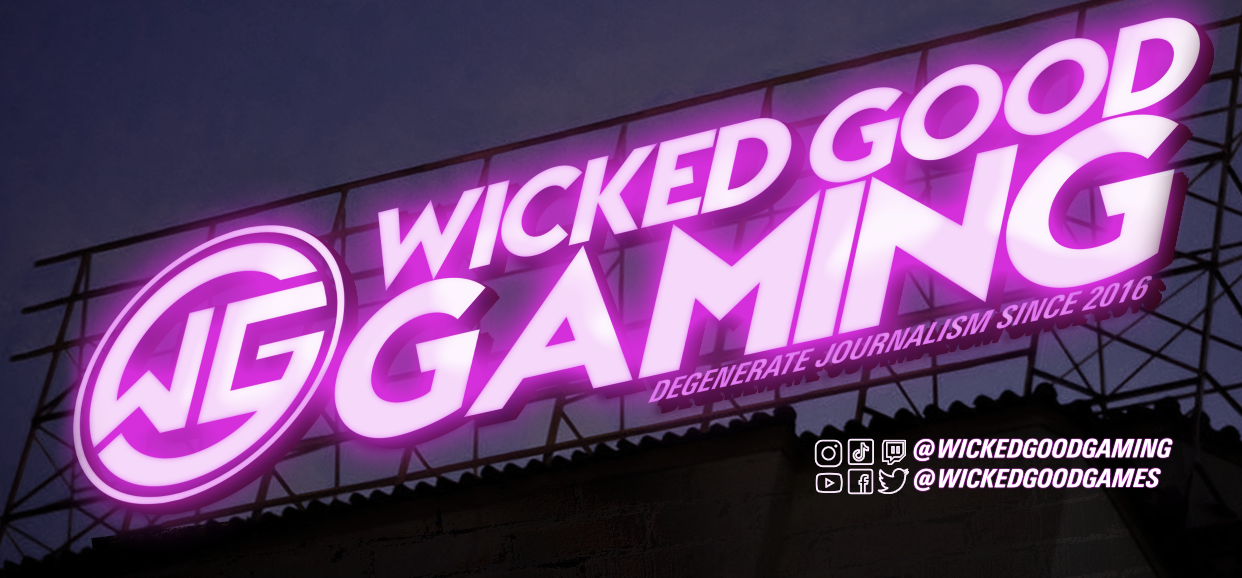Game Prices are Rising but Why?
Sony’s Playstation 5 and Microsoft’s Xbox Series X were announced way back in 2019 and shortly thereafter the price of the “next generation’s” games was announced to be 70$. A game price increase of 10$ from the established norm of 60$ for AAA games. Unjustly so, the majority of the industry reacted negatively to this price increase. Arm chair warriors started dusting off the cheeto dust from their lap to take their concerns to Reddit. Keyboard warrior “journalists” set aside their political manifestos to blog about greedy millionaire executives leeching consumers for more money. I, however, were one of the few to provide rational reasoning behind this and I plan on explaining that to you today.

The 60$ game price point for AAA games was etched in stone during the Xbox360 and Playstation 3 generation of gaming. A 10$ game price increase from the 50$ established price for the Xbox and Playstation 2 generation. Game prices have fluttered around 50-60$ for the majority of gaming history (excluding the earlier consoles), but now that we see the increase to 70$, vitriol just oozes from the most vocal. In a recent interview with Bloomberg, former Sony president Shawn Layden stated that the cost of videogame production nearly doubles each console generation. If you based game pricing solely off of that metric, Series X and PS5 games “should” cost 120$ right now in order to keep up with production costs. However, there are arguments and reasonings as to why we don’t see the 2x price increase and just see a 10$ increase instead.

Gaming has become more of a mainstay consumption media. Regular cable is being driven out of homes by younger generations who consume content in a much different fashion than the generations before us. Twitch, Youtube, dozens of online streaming services are edging out cable with videogames taking up a huge chunk of new adoption. Whether it be people buying games, watching livestreams on Twitch or VODs on Youtube, gaming is becoming the next giant segment of media the dinosaurs before us won’t be able to ignore for long. What happens with so much adoption? More people are being introduced to gaming, thus more games are being purchased. There is some simple math that can be done to show where the diminishing returns begin but the basics really only include, the doubling in production costs, the increase in people purchasing games, and also the move from cartridges to compact discs and fully online stores.

The PS2 and Xbox360 generation ushered in the advent of CD based gaming leaving cartridges in the past, or in Nintendo fans’ hands… The amount of plastic that was required to produce just one cartridge played a larger role in cost than most would anticipate. Compact discs rolled around and back in my day you could buy 100 stacks for under 20$. The old N64 chunks of plastics had less memory storage than old Nokia brick phones and CDs created a more efficient, economical format to put more data on cheaper storage devices. It is my belief that CDs as well as online store bases such as Steam, Xbox Live, Playstation Online, and Epic have prolonged the game price range of 50-60$ even as production costs continued to increase over time. It is right now that we are finally starting to see the diminishing returns where CDs and online stores curbing costs are no longer enough for production teams. If the newest Assassins’ Creed game cost 200 Million to produce they would need to sell over 3.3 million 60$ copies to break even. It would require nearly half a million less 70$ copies being sold to break even at 2.875 million. Not only does that alleviate the requirements established by board members, but it also lightens the load in the middle of a fairly saturated videogame landscape. Competition is higher than ever in gaming with new studios popping up left and right, more AAA games are being pumped out more regularly.

My outlook is positive (Bobsitivity 2021). The price change to 70$ is healthier for the production side of the gaming industry and is not as impactful on the vast majority of casual gamers. Your casual playerbase might purchase 1-3 AAA games a year. They might only play Call of Duty or Madden so the increase is negligible. It truly only affects the hardcore space where consumers might be purchasing 3 new games every month but my argument is 4 fold.
- There are plenty of indie dev studios that charge less than the norm for their work because they don’t rely on publishers.
- The pricing of videogames has been due for a correction for 3 console generations.
- This is healthier for the production side of the gaming industry.
- With many studios moving to online store only (no more physical copies) we could actually see this 70$ price point last as long as the previous 60$ as it mitigates production costs.
Before you start picking up the pitch forks and lighting the torches, just take a few minutes to analyze the videogame landscape as a whole and not just your own personal bubble. I understand that may be difficult for most, but this really should be better for gaming overall. Whether you are a casual consumer, an avid collector, a Backlog Bobby, or a streamer, this benefits us all. If you plan on buying a dozen AAA games this year, maybe pass on the Dunkins stops before work a couple times a week.
<3 Bob





Best blog I’ve read since Simp the Pimp!! Very good job Doc